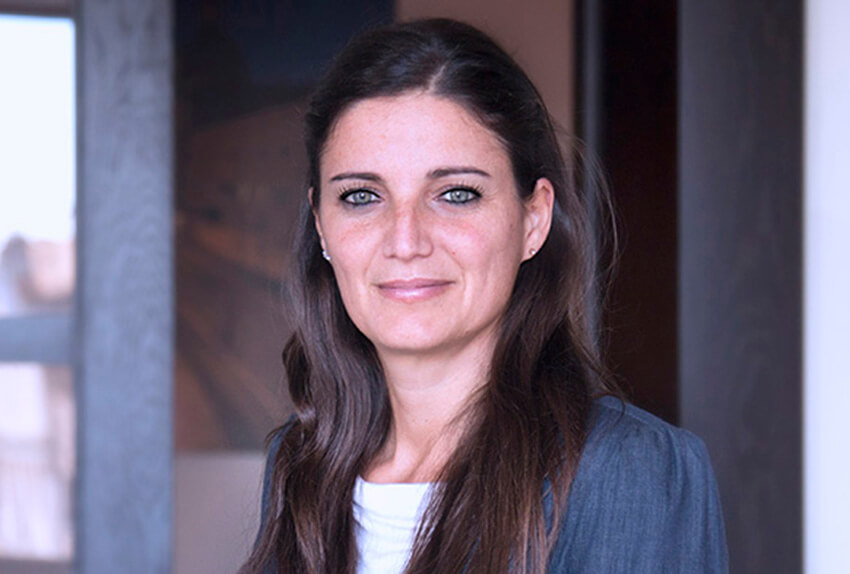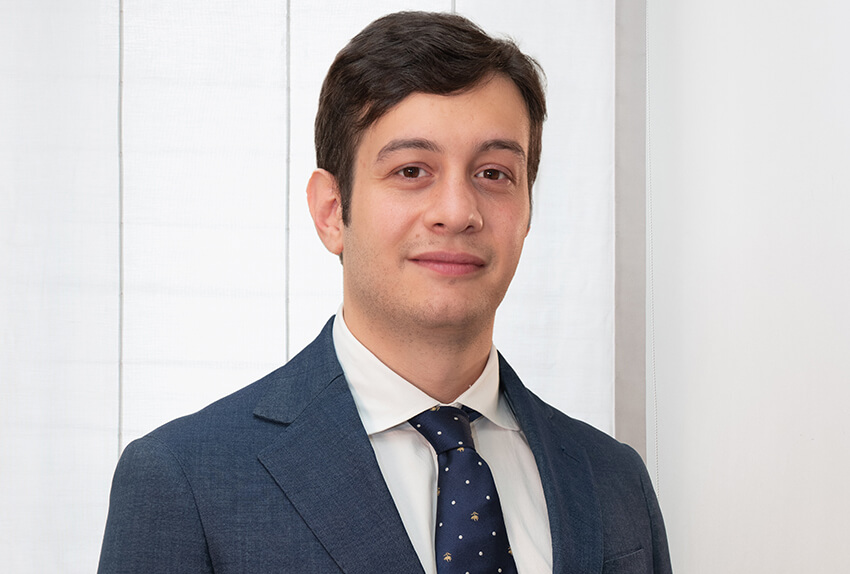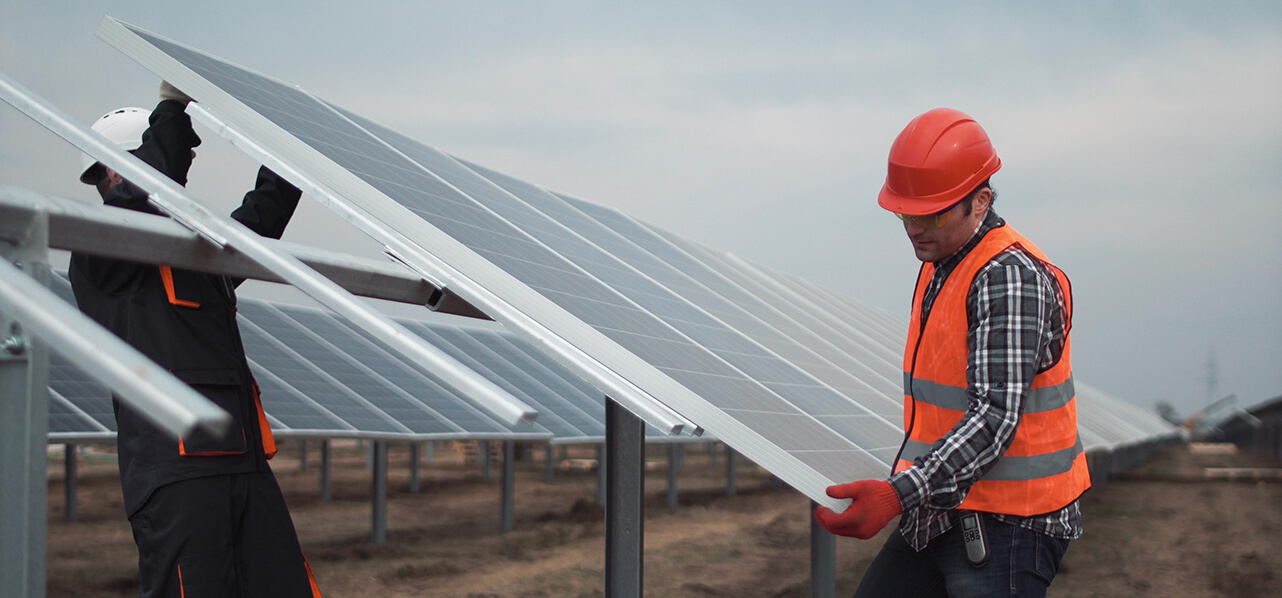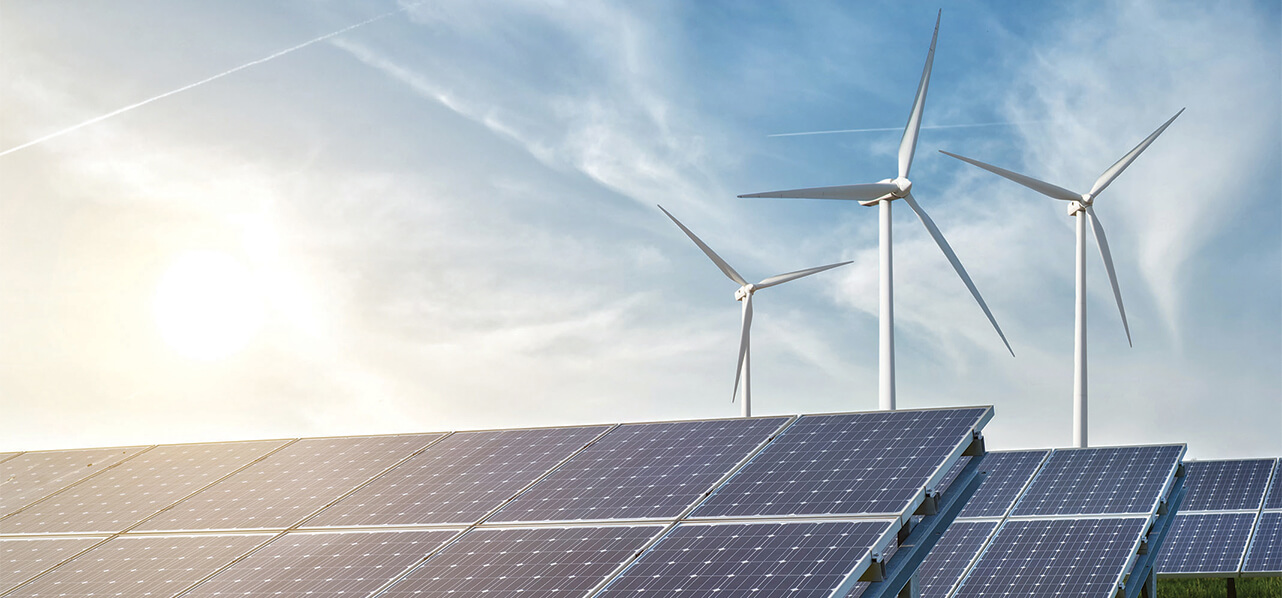The new FER 2 decree adopted by the Italy’s Ministry of the Environment and Energy Security, in agreement with the Ministry of Agriculture, Food Sovereignty and Forestry, on 12 August 2024 was published on the official website of the “Ministry of the Environment and Energy Security” and entered into force on 13 August 2024 (“FER 2”). It supports electricity production from innovative renewable energy plants and plants with high generation costs such as biogas and biomass, thermodynamic solar, geothermal, offshore wind, floating photovoltaic – both offshore and on inland waters – and plants powered by tidal, wave and other forms of marine energy, through incentives that stimulate competitiveness and contribute towards Italy’s 2030 decarbonisation targets.
Below a summary of some of the terms and conditions:
Procedures for accessing incentives
Competitive public procedures
Access to the incentives provided in FER 2 comes through participation in public competitive procedures arranged by the Gestore dei Servizi Energetici (“GSE”) for the period 2024-2028, according to the following scheme:






